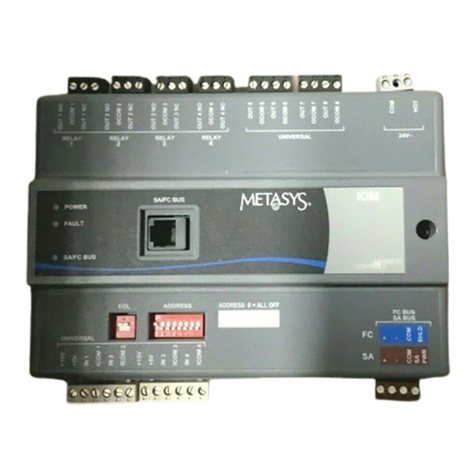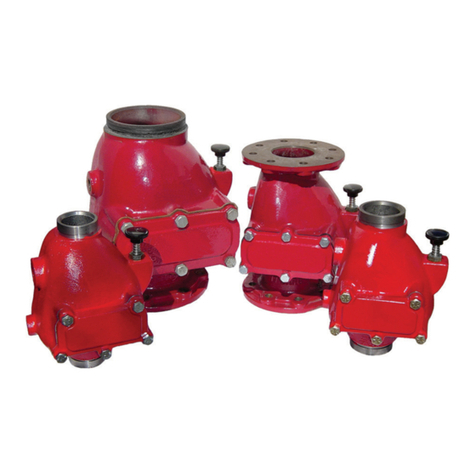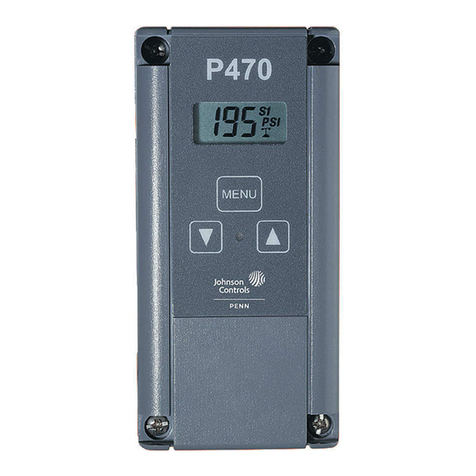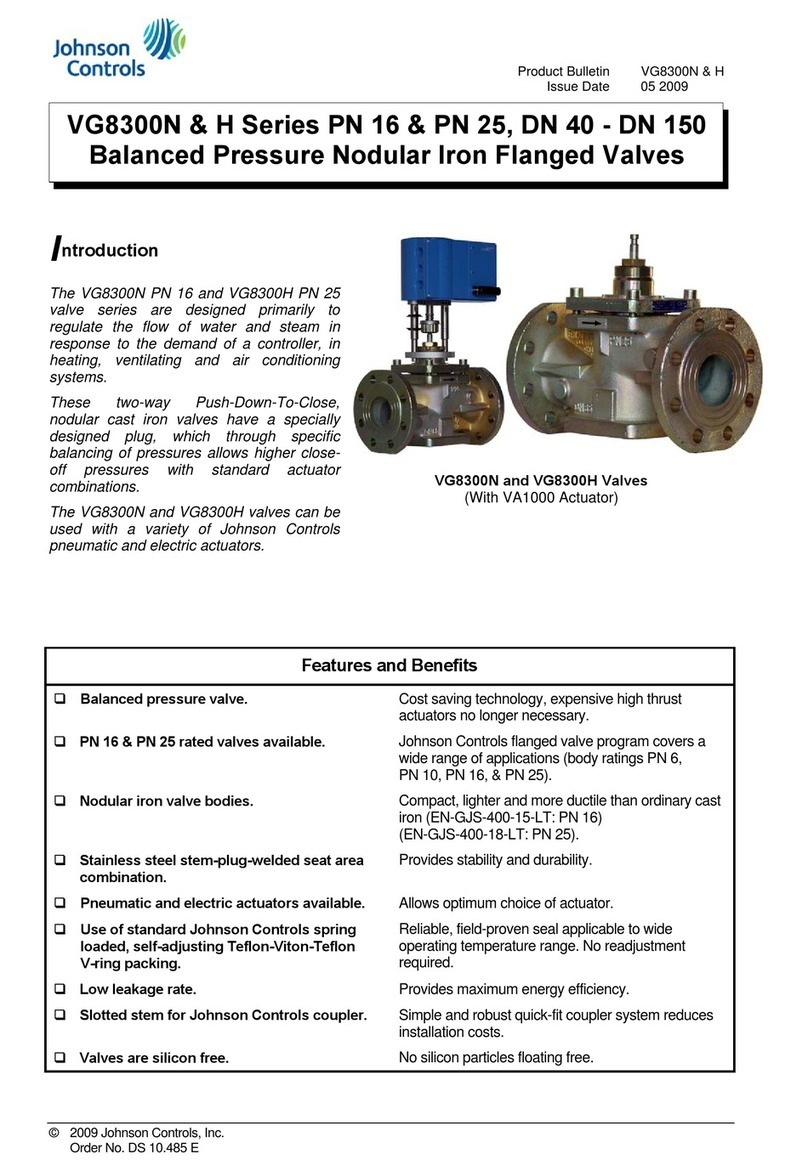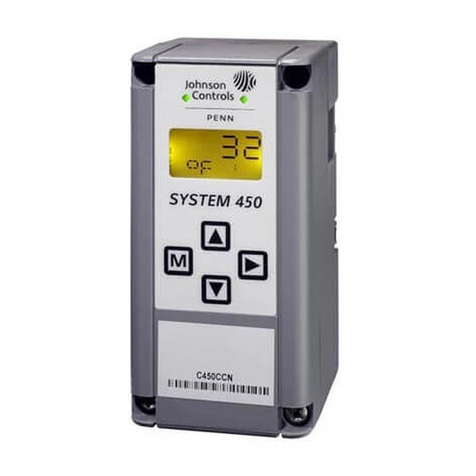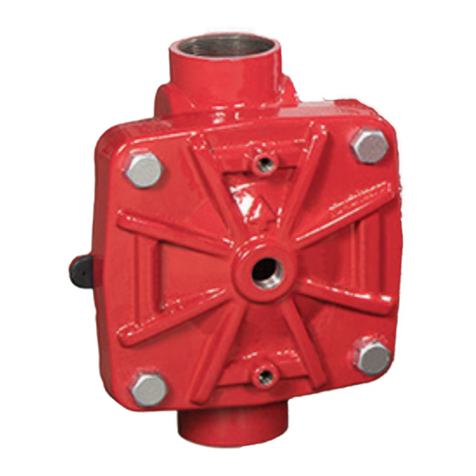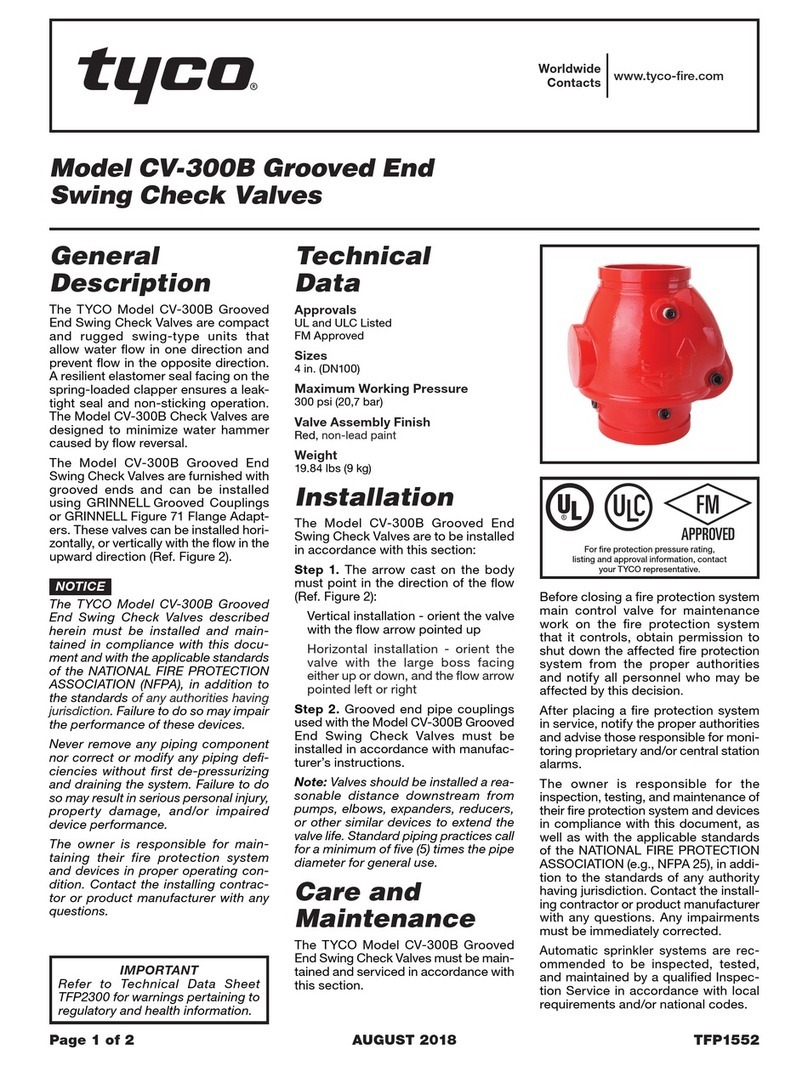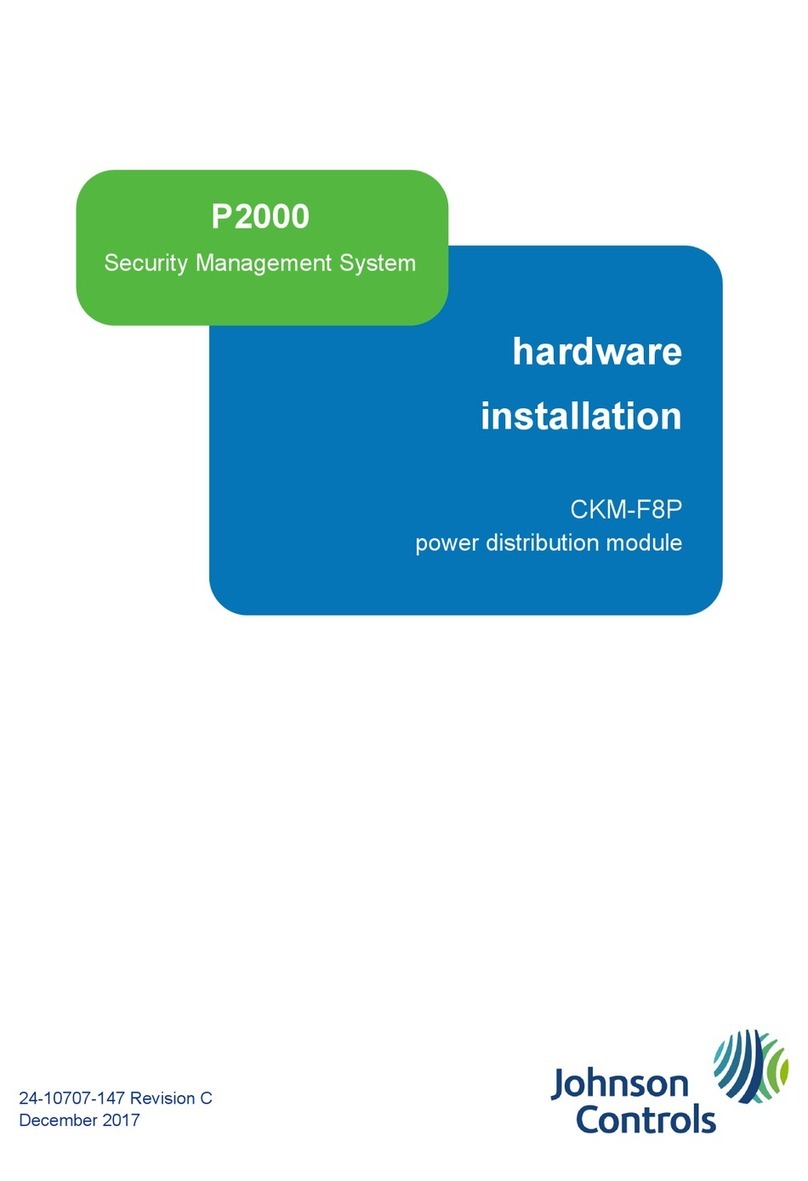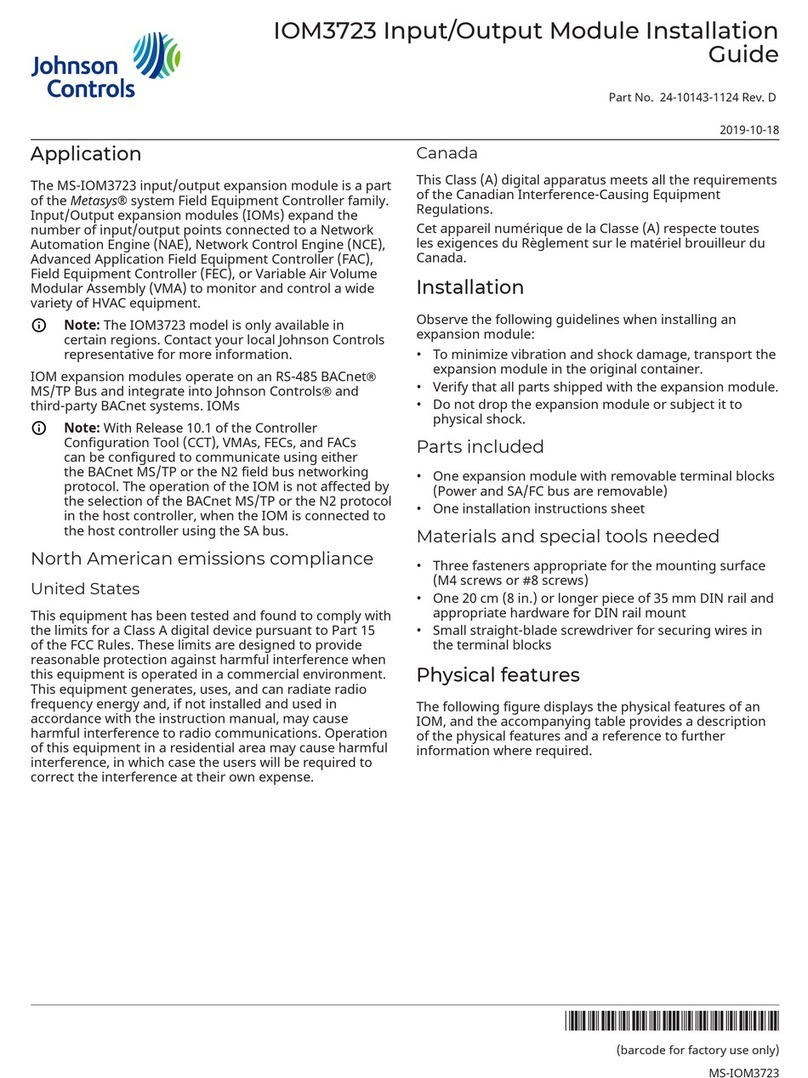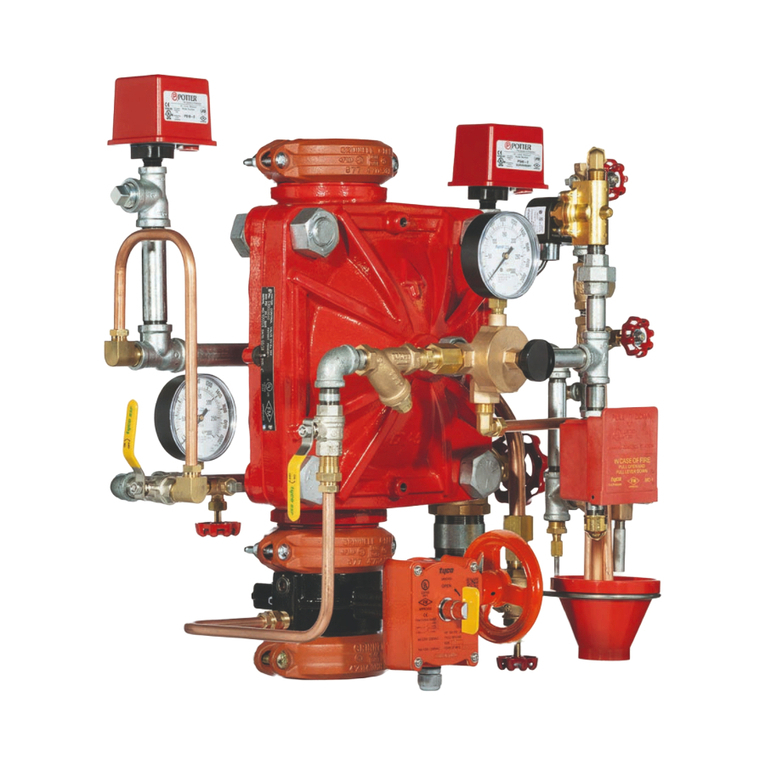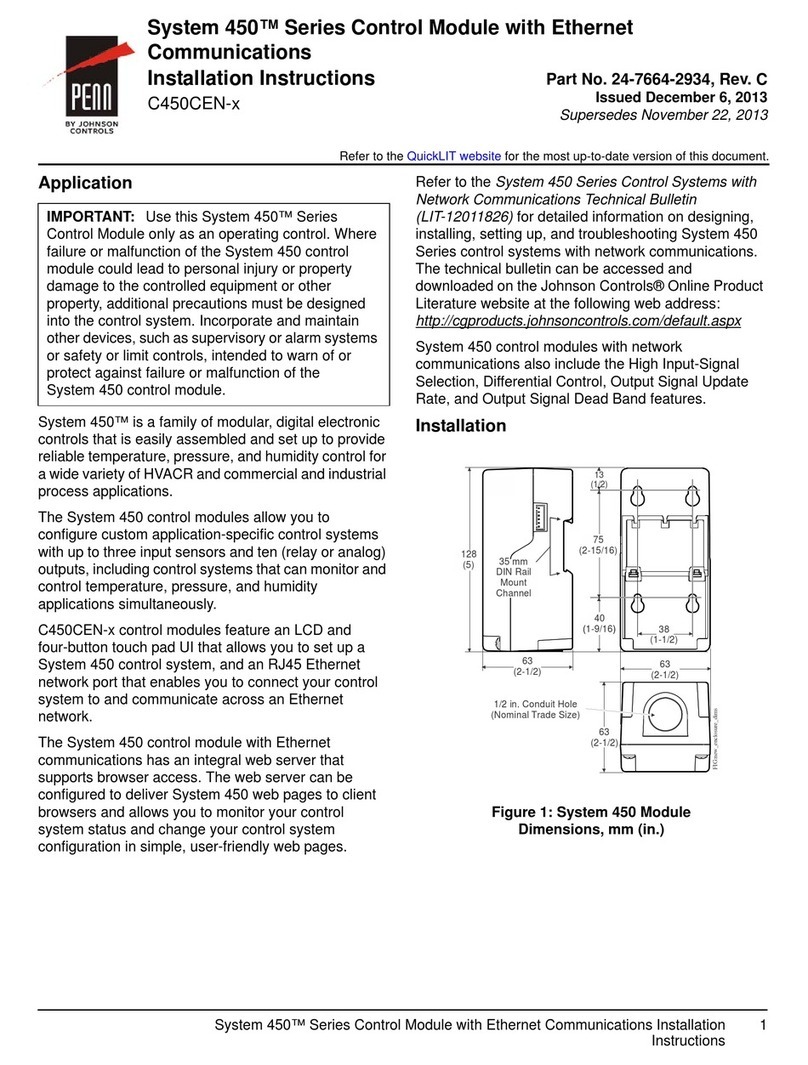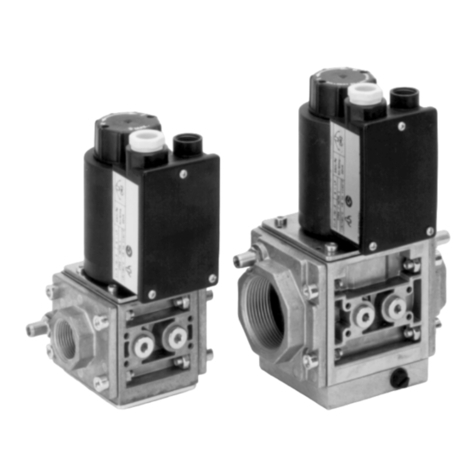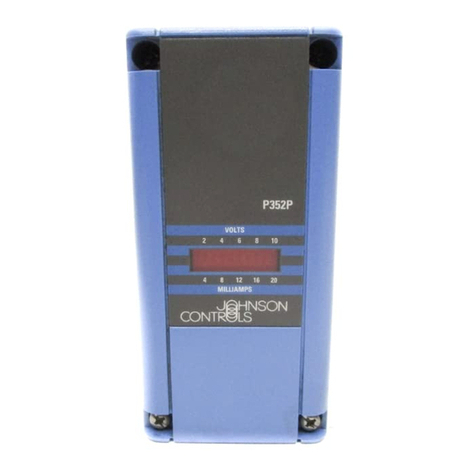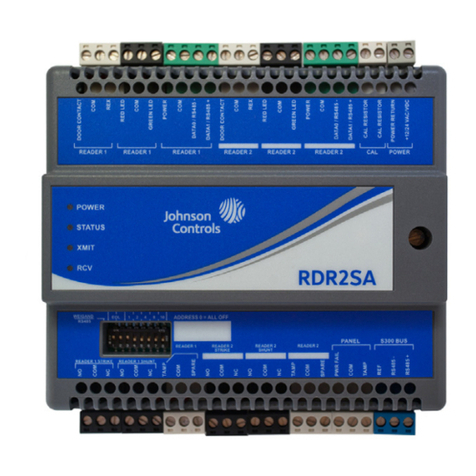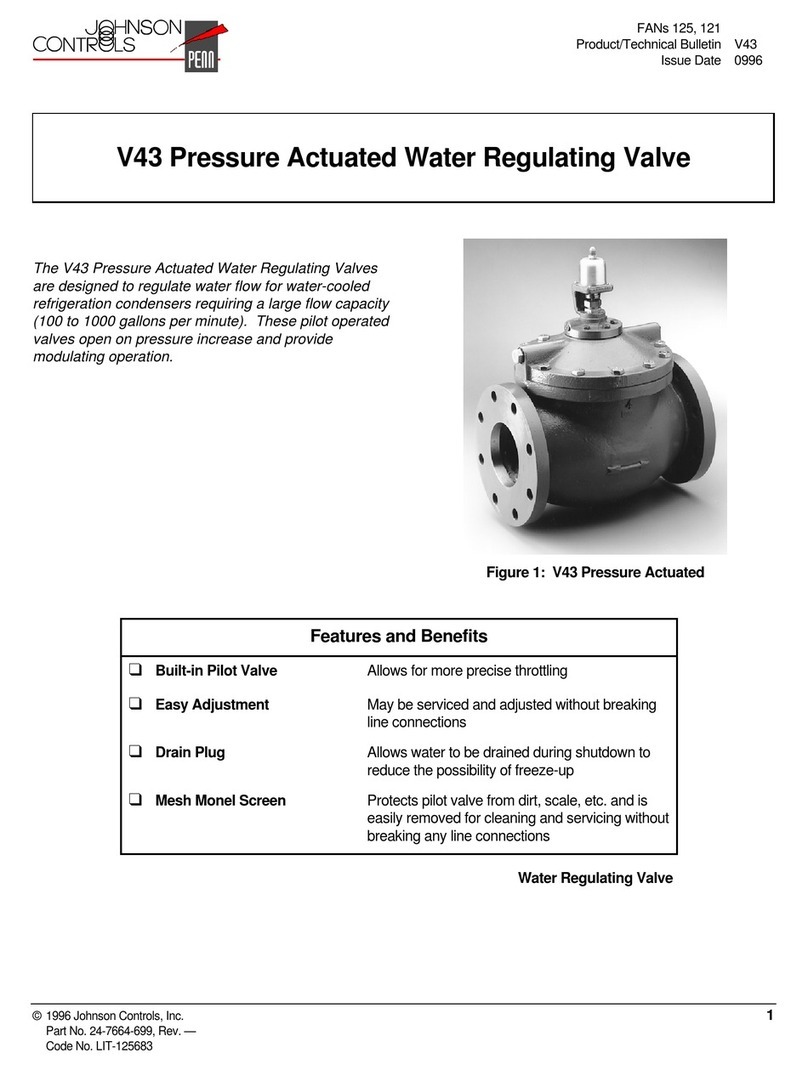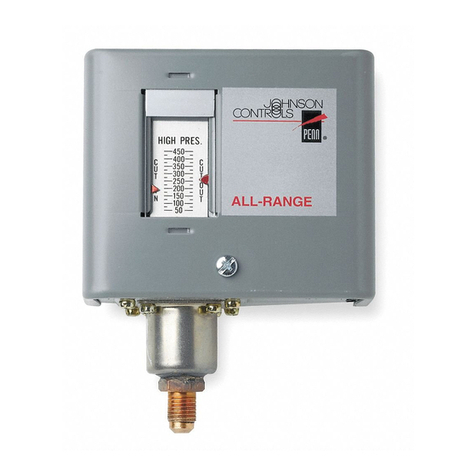
TFP1586
Page 9 of 12
Care and
Maintenance
Inspection, testing, and maintenance
must be performed in accordance
with the requirements of the NFPA. Any
impairment must be immediately cor-
rected. See Table C for information on
troubleshooting valve problems.
The owner is responsible for the
inspection, testing, and maintenance
of their fire protection system and
devices in compliance with this doc-
ument, as well as with the applicable
standards of any authorities having
jurisdiction. Contact the installing con-
tractor or product manufacturer with
any questions.
Automatic sprinkler systems are rec-
ommended to be inspected, tested,
and maintained by a qualified Inspec-
tion Service in accordance with local
requirements and/or national codes.
Note: Before closing a fire protection
system maincontrol valve for maintenance
work on the fire protection system that
it controls, obtain permission to shut
down the affected fire protection systems
from the proper authorities and notify all
personnel who may be affected by this
decision.
The TYCO Model RV-1aPressure Relief
Valve requires no lubrication, packing
or preventative maintenance. However,
replacement of the diaphragm every
ten years is recommended.
Inspections
• Inspect the Model RV-1aPressure
Relief Valve on a weekly basis.
• Check the valve under static condi-
tions to assure that the Model RV-1a
Pressure Relief Valve is not unnec-
essarily relieving pressure. If nec-
essary, re-adjust the Model RV-1a
Pressure Relief Valve by following the
instructions in the section Placing the
Valve in Service. If the desired pres-
sure cannot be achieved, the Dia-
phragm and/or Pilot Valve should be
replaced.
• During pump start-ups, check that
the Model RV-1aPressure Relief
Valve relieves pressure as nec-
essary. If necessary, re-adjust the
Model RV-1aPressure Relief Valve
by following the instructions in the
section Placing the Valve in Ser-
vice. If the desired pressure cannot
be achieved, the Diaphragm and/or
Pilot Valve should be replaced.
• Check that the Model RV-1aPres-
sure Relief Valve, Pilot Valve, Tube,
Fittings, and Pressure Gauge are in
good condition and do not exhibit
signs of damage or leakage.
• Make sure that the Pilot Valve Lock-
nut is securely tightened.
Diaphragm Replacement
Prior to replacing the Diaphragm, the
Model RV-1aPressure Relief Valve must
be taken out of service and completely
drained.
When reinstalling the Diaphragm Cover,
the Diaphragm Cover Fasteners must
be uniformly and securely tightened
using a cross-draw sequence. After
tightening, double check to make cer-
tain that all Diaphragm Cover fasteners
are securely tightened.
After cleaning and inspecting valve
interior, and replacing parts as nec-
essary, reinstall the Diaphragm Cover
by completing the following steps to
assure the Diaphragm Cover Fasteners
are uniformly and securely tightened.
Step 1. Ensure that the Diaphragm is
properly oriented and that the proper
hardware arrangement is utilized when
assembling the Diaphragm Covers. The
hardware arrangements differ depend-
ing on the size of the DV-5aValve.
Step 2. By first using the Long Hex
Bolts, support of the Diaphragm Cover
will be provided before installing the
Short Hex Bolts. Align Diaphragm in
proper orientation with Valve Body, and
then align Diaphragm Cover in proper
orientation with Valve Body. Hand-
tighten all fasteners.
Step 3. Using crossdraw sequence
to assure uniformity, wrench-tighten
Long Hex Bolts and Short Hex Bolts
to appropriate torque values. Repeat
crossdraw sequence two to three
times at incremental torque valves
until reaching the torque valves found
in Table B.
Step 4. Inspect to assure all Hex Bolts
are securely tightened.
Step 5. Using the union, secure the
RV-1Ato the Diaphragm cover.
Step 6. Using the union, secure the
RV-1Atrim.
Step 7. Ensure that the unions and
pipe nipples flare fittings are securely
tightened.
Pilot Valve Replacement
Prior to removing the Pilot Valve, the
Model RV-1aPressure Relief Valve must
be taken out of service and completely
drained.
When installing the replacement Pilot
Valve, the trim components must be
replaced exactly as they were. After
reinstalling the Pilot Valve and before
returning the Model RV-1aPressure
Relief Valve into service, completely
unscrew the Adjusting Screw. Then, to
place the Model RV-1aPressure Relief
Valve in service, follow the instruc-
tions in the section Placing the Valve
in Service.
NOTICE
The Pilot Valve is not field repairable.
Attempting to repair the Pilot Valve may
render the valve ineffective and impair
the system operation.
Completely unscrewing the Adjusting
Screw of the replacement Pilot Valve
will help to avoid an accidental over-
pressurization of the system piping
prior to achieving the desired relief “set
pressure”.
Nominal
Valve Sizes
ANSI
Inches
(DN)
Torque
lb-ft
(N∙m)
Nuts Short
Hex
Bolts
2
(50)
44
(59,7)
35
(47,5 )
3
(80)
188
(254,9)
150
(203,4)
4
(100)
396
(536,9)
316
(428,4)
6
(150)
265
(359,3)
212
(287,4)
8
(200)
545
(738,9)
436
(591,1)
TABLE B
DIAPHRAGM COVER BOLTS
MINIMUM TORQUE
